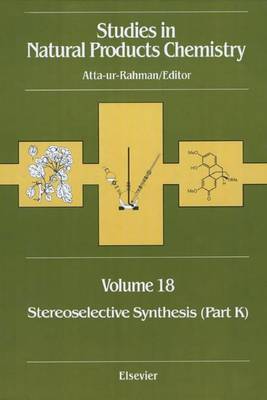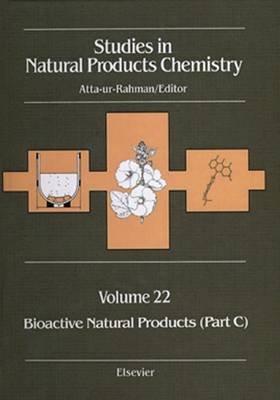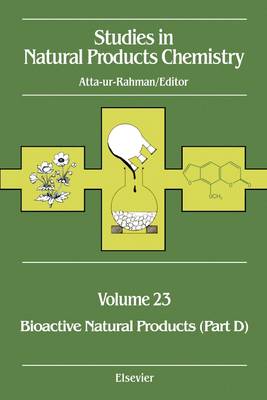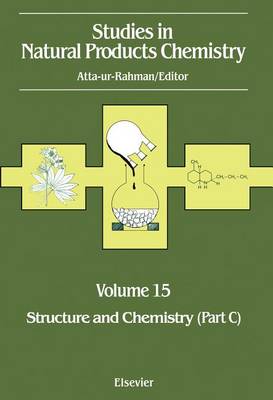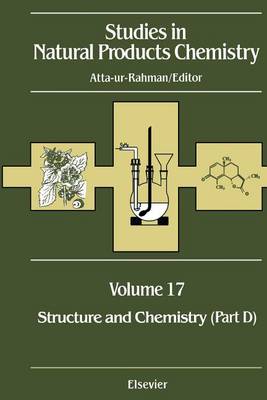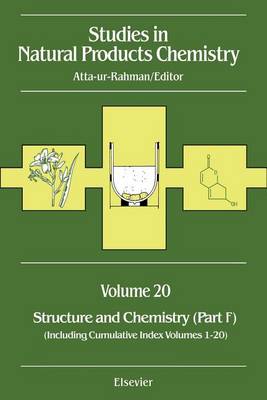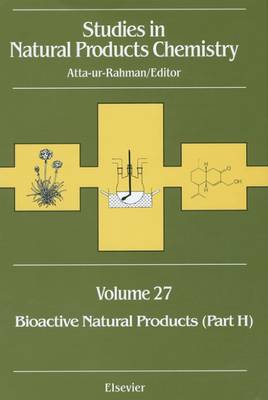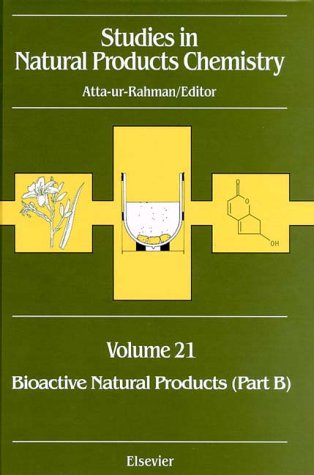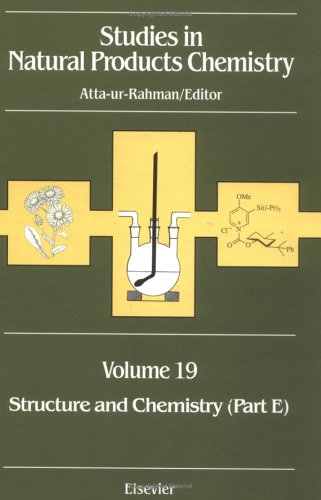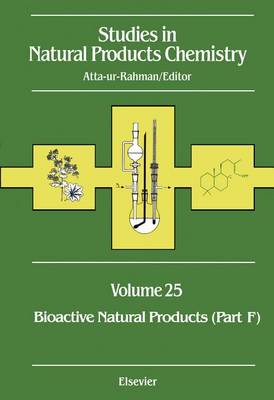Studies in Natural Products Chemistry
11 total works
The opening chapter presents an overview of strategies for the synthesis of several classes of natural products with an emphasis on complex polycyclic systems. Subsequent chapters discuss the synthesis of specific classes of compounds, including morphine, polyketides, acetogenins, nonactic acid derivatives, complex spirocyclic ethers, a-lactam and pyridone derivatives, inositol phosphates, sphingolipids, brassinosteroids, Hernandia lignans, and dimeric steroidal pyrazine alkaloids. Finally, the ever stronger links between chemistry and biology are reinforced by chapters on the origin and function of secondary metabolites, bioactive conformations of gastrin hormones, and immunochemistry.
Bioactive Natural Products (Part D)
by Founder/Director A Rahman and Atta-ur Rahman
The reviews on bioactive metabolites of Phomophis, cardenolide detection by ELISA, xenocoumacins and bioactive dihydroisocoumarins, CD studies of carbohydrate-molybdate complexes, oncogene function inhibitors from microbial secondary metabolites and Gelsemium and Lupin alkaloids present frontier developments in several areas of natural product chemistry. It is hoped that the present volume, which contains articles by eminent authorities in each field, will be received with the same enthusiasm as the previous volumes of this series.
The present volume contains contributions from a number of eminent scientists and covers interesting reviews on terpenes, alkaloids and other types of natural products reported from terrestrial and marine sources. Comprehensive indexes covering all the 20 volumes have been prepared which include a Cumulative General Subject Index along with more focused Cumulative Indices on Organic Synthesis, Pharmacological Activity and Biological Source. This comprehensive indexing of the volumes should make the entire series much more valuable and user-friendly.
v. 27
